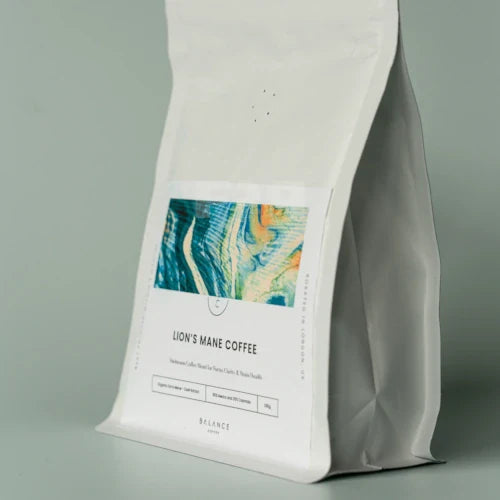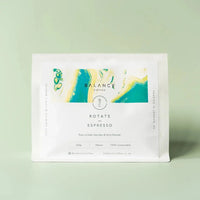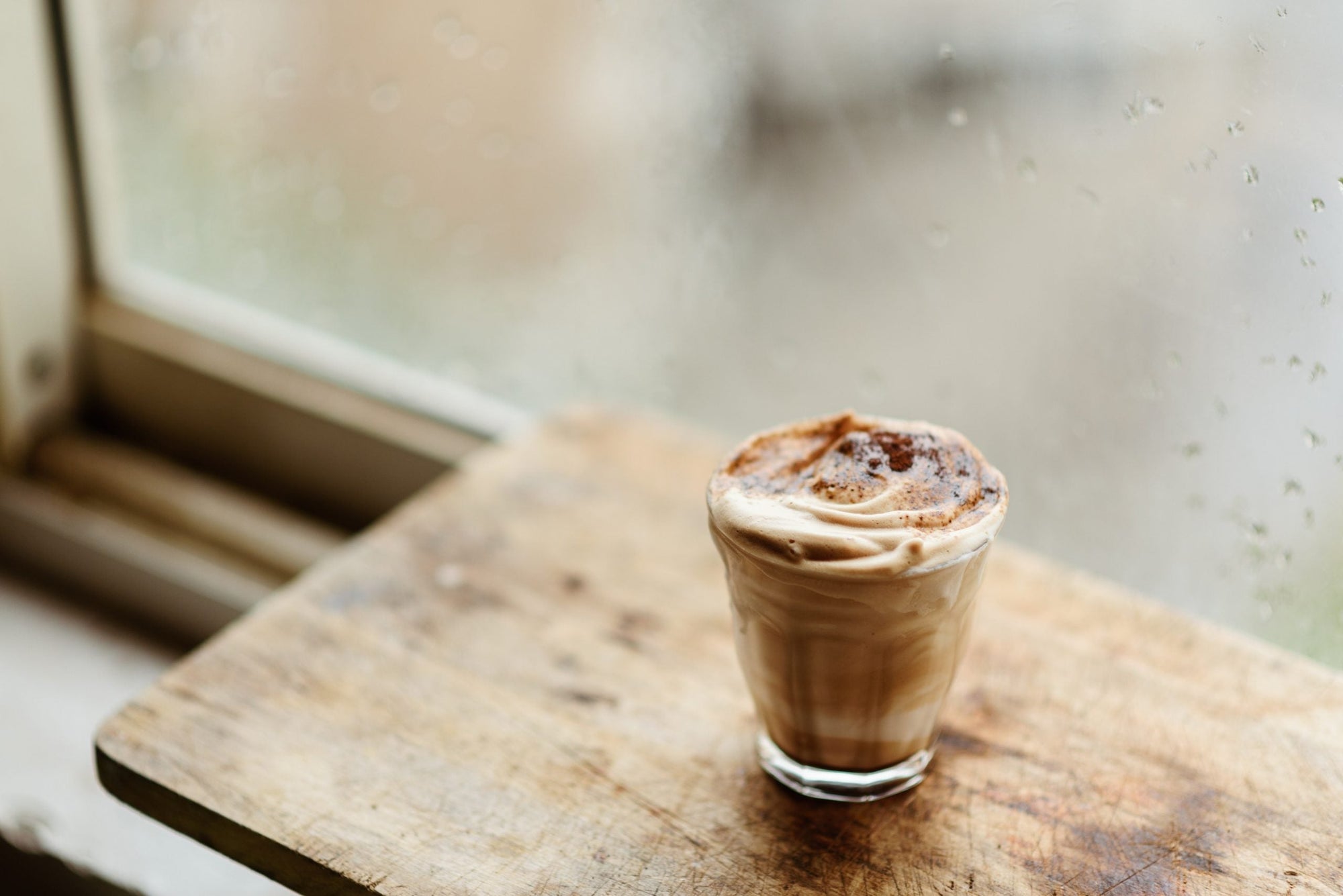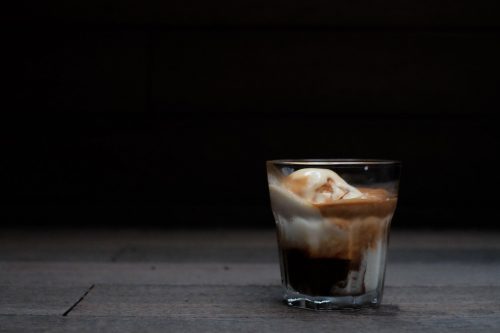Sustainability can sometimes be confusing - especially when you don't have all the facts. The coffee industry is no exception to that.
What is the most sustainable coffee to buy and enjoy at home?
How do you know that your coffee is sustainably sourced?
What do you need to look out for?
With those questions in mind, we wanted to cover everything you need to know about sustainability and coffee, and how we can all make it more environmentally and socially sustainable.
Sustainable Coffee Facts
According to the British Coffee Association, the UK loves its coffee. We now drink approximately 95 million cups of coffee per day, 7 million of which are served in disposable paper coffee cups. Unfortunately, less than 1 in 400 is recycled.
This is because the UK doesn't have enough facilities capable of recycling the cups, and recycling the cups is an expensive process.
Furthermore, the Food Empowerment Project reports that coffee farmers typically earn only 7–10% of the retail price of coffee.
Coupled with this is competition among growers, which has led to price reductions and undercutting.
This leaves farmers with no safety margin when supply drops or bad weather hits. Unfortunately, this has led to cycles of exploitation by large companies.
At Balance Coffee, we are committed to sustainability in both environmental and social issues.
We always ensure that we choose the suppliers and coffee farmers we work with extremely carefully.
We buy higher-priced coffees, which means that more of the profit goes to the farmers.
This improves the living standards of coffee producers, and in turn allows them to reinvest in more eco-friendly farming practices.
How you can help make coffee more sustainable?
1. Take a hard look at where and who you buy your coffee from
There are many different things to look for when you choose to buy your coffee. First of all, you should take a look at the coffee roaster's sustainability practices. What are they doing to reduce their impact on the environment?
For example, here at Balance Coffee, we have reduced our water usage by 33% in our roastery, we carry out deliveries in our electric van when possible, and our packaging is carbon neutral.
It is also important to remember that coffee without 'organic' or 'Fairtrade' labelling doesn't mean that it hasn't been produced sustainably.
While organic certifications are synonymous with more responsible production, smaller farms find it difficult to afford them.
We suggest looking for more detailed information about the coffee and how it has been sourced.
For example, we source all of our coffee from direct trade or cooperatives. We always provide information about the farms on our packaging, including the country and region of origin, and full details can be found in our product descriptions.

2. Make coffee at home
Firstly, making coffee at home reduces energy usage. Coffee shops often use vast amounts of energy to make coffee.
In fact, research shows that 60% of the carbon footprint of coffee comes from the point of service, where the coffee is prepared and served.
This makes a lot of sense. Coffee machines (such as commercial-grade espresso machines) are in use for approximately 12 hours per day - much more than your average home kettle.
Andrew Tucker of Sanremo UK writes that espresso machines with a large single boiler use up more than 72kWh in 12 hours. In contrast, the average household kettle uses about 0.1 kWh of electricity to boil for 3 minutes.
Clearly, the energy required to brew a pot of coffee with a French press or pour-over is much less than a constantly-running an espresso machine.
Making coffee at home also means that you can compost the coffee grounds. This is very easy - throw the grounds (and any used unbleached filters) on your compost heap.
As the coffee grounds degrade, they will release nitrogen and create a rich, lovely compost. You can also spread the coffee grounds on flower beds of plants as a fertiliser.
Plants such as hydrangeas or azaleas will thrive in acidic soil. If you do buy coffee out, we encourage you to take your own reusable cup.
Some coffee shops will even give you a discount if you do this! We now sell a sustainable cork keep cup that you can use.
You could also choose to sit and enjoy your drink using the coffee shop's mugs and glasses rather than rushing off with a disposable paper cup.
3. On the whole, you shouldn't use pods/capsules
If you decide to make your coffee at home, make sure that you don't use coffee capsules or pods. Unfortunately, they have been gaining in popularity.
According to Eco & Beyond, in 2014, pods accounted for 34% of all coffee sales—a massive 133,710% increase since 2000.
While they might be convenient, the majority are not eco-friendly. This includes some pods labelled 'recyclable'.
Some need to be taken apart, emptied and cleaned before they can be recycled. If you don't do this perfectly and still put them in the recycling, this will contaminate the whole batch, which will be rejected and sent to the landfill.
It defeats the purpose of recycling them at all, and let's be honest: the coffee never tastes quite the same as the real stuff! A more sustainable option is brewing freshly ground coffee in an Aeropress.

How is Balance Coffee operating as a Sustainable Coffee Company?
As sustainable coffee roasters, we want to do everything we can to ensure that our coffee helps both the planet and the people living on it.
Right now, we're planting trees with Ecologi, donating to water charity Project Waterfall, and sourcing ethically traded coffee.
And now we've adopted a new way to make our coffee even more sustainable! So next time you get a bag of Balance Coffee, you might notice something a bit different... We are excited to announce that our packaging is now 100% recyclable! Every part can be completely recycled at home, including the valve and zipper.
This is a goal that we've had since starting Balance Coffee, so when we had the opportunity to switch to recyclable packaging, it was a no-brainer!

Balance Coffee's new packaging
Our bags of sustainable coffee still have all of the important features of our last packaging, such as the one-way air valve which keeps the coffee fresh.
This valve is important because it allows carbon dioxide to pass through and out of the bag, without allowing any oxygen in.
This is necessary because when coffee beans are roasted, they release carbon dioxide as a byproduct.
Allowing the carbon dioxide to leave the bag without letting air in (a process known as de-gassing) keeps the coffee fresh because when the beans are exposed to oxygen, they start to go stale.
Furthermore, our new packaging is still perfectly designed to keep moisture away from the beans (which will also make them go stale).
It still has our lovely branding, plus important information such as the region where the coffee beans were grown, the date the coffee was roasted, and other details.
These will help you discover new favourite regions and ensure that the coffee is drunk within 3 months of roasting.
Importance of Sustainable Coffee Packaging
To fully understand why we're so excited about our new recyclable packaging, you need to think about the environmental impact of coffee as a whole.
As you can see, packaging accounts for 3% of the carbon footprint of the production and preparation chain for filter coffee.
 Carbon footprint of Costa Rican coffee (Journal of Agricultural Science and Technology 2012)
Carbon footprint of Costa Rican coffee (Journal of Agricultural Science and Technology 2012)This doesn't sound like a lot, but packaging plays an extremely important role.
It is the main way that our delicious coffee beans are protected from elements like moisture and oxygen.
If our packaging doesn't protect the coffee, then all of the coffee chain goes to waste, including the months of cultivation, processing, roasting, and transportation. All of the unavoidable carbon output will have been for nothing!
But we wanted our sustainable packaging to go beyond just protecting the coffee.
We wanted to ensure that our packaging wasn't also contributing to landfills or other harmful environmental practices. There are a couple of reasons why this is so important:
- When plastics break down in a landfill, they turn into microplastics. These make their way into everything, including the ocean, the air, and even wildlife. They also contain toxins that end up in soil and water, which turn into environmental hazards. Obviously, we do not want our packaging to harm the environment we are so committed to protecting!
- When organic materials (like coffee beans) are put in a landfill, this makes the situation even worse. When they're compacted and covered, this removes any oxygen and causes them to break down in an anaerobic process. This releases methane, which is a greenhouse gas that is around 25 times more potent than carbon dioxide. And there's a lot of it - a typical landfill site produces enough methane to fuel a power station. We don't want to risk our coffee contributing to any of these harmful effects.
- Because of the gases produced in landfills, they also pose a significant fire risk. Methane is highly combustible! And if there is a fire, firefighters will use foam instead of water to fight it because they don’t know what chemicals are involved. This makes the chemical footprint of a landfill site even worse.
- When packaging is properly recycled, it becomes a valuable raw material! It can be used to create new plastic products, or even as a source of energy. Using the raw material twice is a smart move, and luckily, this is now possible with our packaging.
How can you help?
We encourage you to make sure your coffee bags go into your recycling, not the bin!
Check what you can recycle at home or locally, as recycling options vary across the UK.
You could also explore what you could do with the coffee bags yourself! For example, they would be perfect for planting seeds.
Make a few holes in the bottom of the bag, fill it with soil and plant some seeds. A standard 250g coffee bag holds almost as much soil as a small to medium-sized plant pot.
Not only will you save some money, but after your plants have grown enough to be planted in your garden, the bag can be reused repeatedly.
And don't forget, you can repurpose used coffee grounds, too! We love our sustainable coffee, and it can now come to you in sustainable packaging. We're so pleased with it and we hope that you will be too!
Ways we can all be more sustainable
Outside of coffee, there are many different things we can all do to be more sustainable. Take a look at all of the companies you buy from.
Many brands are coming up with unique ways to positively impact our environment. One great example is Wolfe Academy. Created by Oly and Charlotte, the brand makes ethical and sustainable apparel inspired by outdoor life.
Through a combination of innovative product design, low-impact organic agriculture, manufacturing efficiency, and renewable energy, many of their garments are classified as carbon-neutral.
They are screen printed in Somerset using eco-friendly water-based inks and hand-finished in Wiltshire. Wolfe Academy offers an alternative to fast fashion and mass consumption.
It is time for everyone to choose sustainability, whether that's through making coffee at home or buying from environmentally-friendly brands such as Wolfe Academy.
By making small changes, we can all make a positive impact on the environment and people's lives.















